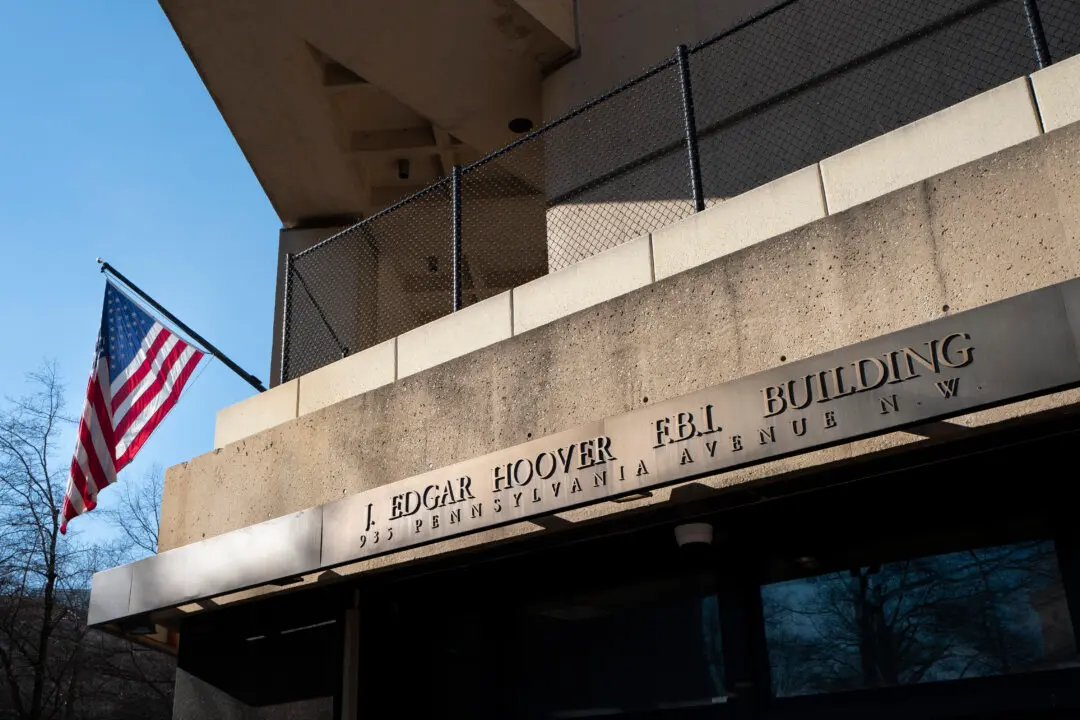Only around one out of three hospitals in the United States are compliant with a 2021 pricing transparency rule, thus depriving people of accurate and complete pricing information for their services, says a new report.
The federal Hospital Price Transparency Rule that came into effect on Jan. 1, 2021, requires hospitals to provide pricing information in an easily accessible and searchable format. This involves posting all standard charges of their products and services through an online file as well as publishing a consumer-friendly list of its 300 most common shoppable services.





